Huawei’s Smart PV Trends for 2023
From string energy storage solutions to AI applications, the President of Huawei Smart PV+ESS Business shared Huawei's insights on trends for smart photovoltaics.
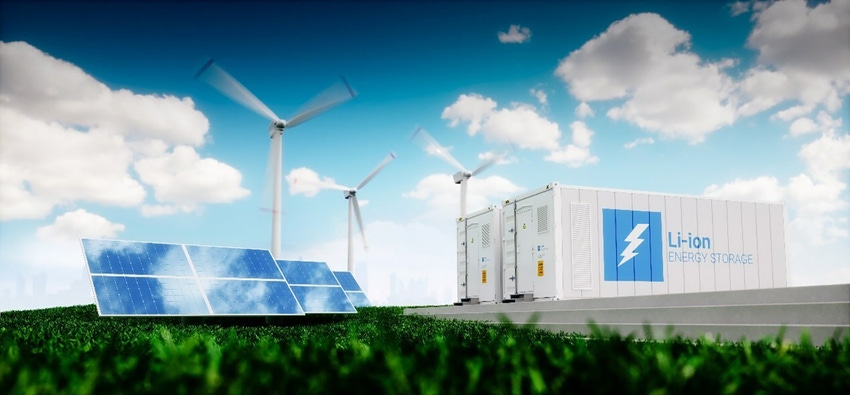
The growing demand for clean and renewable energy production combined with tighter regulations to reduce greenhouse gas (GHG) emissions is expected to boost the growth of the solar photovoltaic (PV) market. In fact, Global Market Insights predicts the solar PV market valuation to surpass $260B by 2032.
At the Launch of 2023 Smart PV Top 10 Trends Event, Chen Guoguang, President of Smart PV+ESS Business at Huawei, said that even though the PV industry is rising fast, it still faces many challenges, but they should be seen as opportunities to growth. He talked about such challenges as how to reduce the levelized cost of energy (LCOE) of the PV industry, how to improve the operation and maintenance (O&M) efficiency, how to maintain power grid stability, and how to ensure end-to-end system safety.
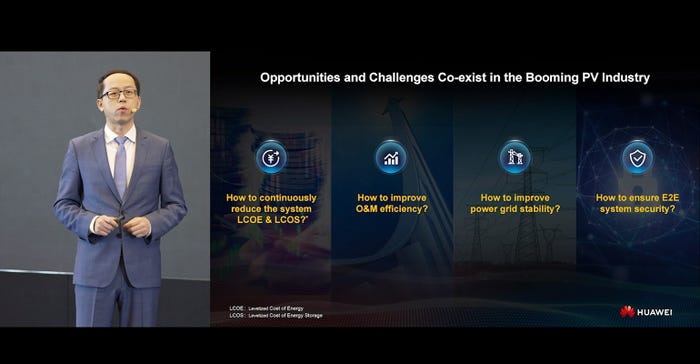
“With the increasing proportion of new energy, the stability of the power grid is affected. Many countries and regions with a high proportion of new energy such as Australia and the UK have experienced large-scale power outages caused by the disconnection of new energy from the grid. Therefore, how to maintain the power grid stability while improving new energy consumption is a challenge facing the PV industry,” said Guoguang.
To address the preceding challenges, Guoguang has identified the following smart PV trends related to energy storage:
Trend 1: PV + energy storage solution (ESS) generator
As more renewable energy is feeding into power grids, various complex technical problems arise in terms of system stability, power balance, and power quality. Therefore, Guoguang contends that a new control mode is needed to increase active/reactive power control and response capability, and actively mitigate frequency and voltage fluctuations.
With the integration of PV and ESS as well as the grid forming technology, it is possible to build ‘Smart PV+ESS Generators’ that uses voltage source control instead of current source control. This approach will transform PV from grid following to grid forming, shifting power generation from adapting grid to supporting grid.
A milestone in practice of these technologies was the Red Sea project in Saudi Arabia, for which Huawei, as one of the major partners, provided a complete set of solutions, including smart PV controller and lithium battery energy storage system (BESS). This project uses 400 MW PV and 1.3 GWh ESS to support the power grid, which replaces traditional diesel generators and provides clean and stable power for 1M people, building the world's first city powered by 100% renewable energy, Huawei reported.
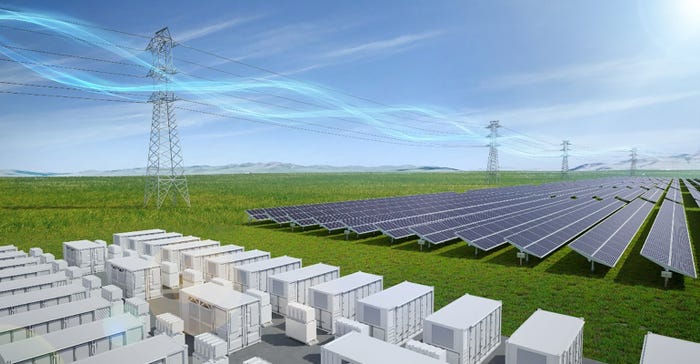
Trend 2: Smart string energy storage
Traditionally centralized ESS consists of over 2000 battery cells connected in series or parallel. It is difficult to implement refined charge/discharge and temperature management, which results in waste of battery capacity.
On the other hand, a smart string ESS solution adopts a distributed architecture and modular design that integrates digital, power electronics, and energy storage technologies, Guoguang explained. Smart string ESS uses innovative technologies (e.g. Artificial intelligence—AI—and cloud) and digital intelligent management to optimize energy at the battery pack level and control energy at the rack level. This results in more discharge energy, optimal investment, and simple O&M as well as safety and reliability throughout the lifecycle of the ESS.
Guoguang cites a practical example that is taking place in Singapore, where a 200-MW/200-MWh ESS project uses Smart String ESS to implement refined charge and discharge management to achieve constant power output for a longer time and ensure frequency regulation benefits. In addition, the automatic SoC calibration function at the battery pack level reduces labor costs and greatly improves O&M efficiency.
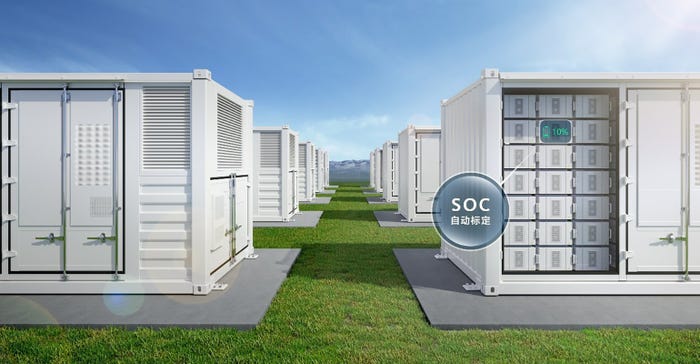
Trend 3: Cell-level refined management
Like PV systems shifting towards module-level power electronics (MLPE), lithium BESSs are set to develop towards smaller management level. Only refined management at battery cell level can better cope with the efficiency and safety problems, Guoguang states. Currently, the traditional battery management system (BMS) can only summarize and analyze limited data, and it is almost impossible to detect faults and generate warnings in the early stage.
Therefore, BMS needs to be more sensitive, intelligent, and even predictive. This depends on the collection, computing, and processing of a large amount of data, and AI technologies to find the optimal operating mode and make forecasts.
Trend 4: Digitalization
Conventional PV plants have a large amount of equipment and lack information collection and reporting channels. Most of the equipment cannot 'communicate' with each other, which makes it very difficult to implement refined management.
But according to Guoguang, with the introduction of advanced digital technologies such as 5G, the Internet of Things (IoT), cloud computing, sensing technologies, and big data, PV plants can send and receive information, using “bits” (information flows) to manage “watts” (energy flows). The entire link of generation-transmission-storage-distribution-consumption is visible, manageable, and controllable.
Trend 5: AI Application
As the energy industry moves towards an era of data, how to better collect, utilize, and maximize the value of data has become one of the top concerns of the entire industry, Guoguang noted.
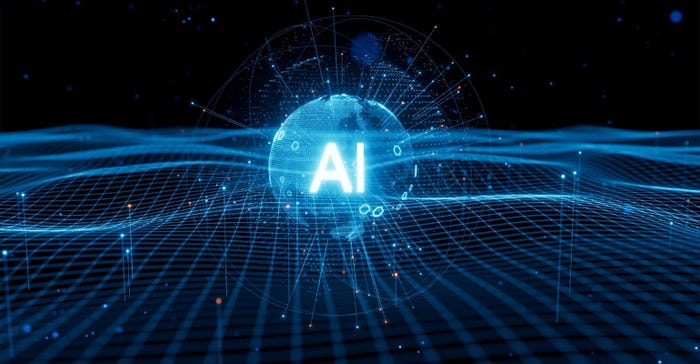
AI technologies can be widely applied to renewable energy fields and play an indispensable role in the entire lifecycle of PV+ESS, including manufacturing, construction, O&M, optimization, and operation. The convergence of AI and technologies such as cloud computing and big data is deepening, and the tool chain focusing on data processing, model training, deployment and operation, and safety monitoring will be enriched. In the renewable energy field, AI, like power electronics and digital technologies, will drive profound industry transformation.
“Converged applications of 5G, Cloud, and AI are shaping a world where all things can sense, all things are connected, and all things are intelligent. It is coming faster than we think,” concluded Guoguang.v
About the Author(s)
You May Also Like





